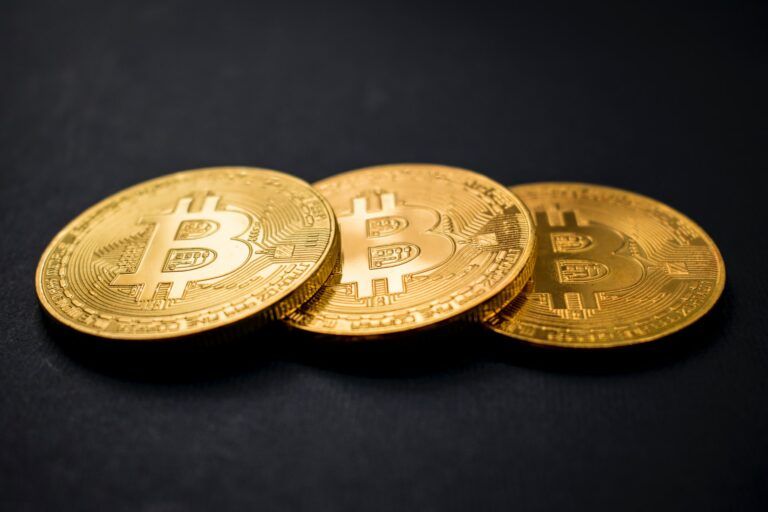Popular cryptocurrency analyst PlanB, who is widely recognized in the crypto community, has unveiled a $500,000 Bitcoin ($BTC) price prediction for the coming year, based on key technical indicators and their past influence on the cryptocurrency price.
In a video PlanB shared with his over 65,000 subscribers on the Google-owned video-sharing platform YouTube, he noted that Bitcoin’s relative strength index (RSI), a technical indicator meant to chart the current and historical strength or weakness of an asset‘s recent price changes, appears to be mirroring a historical pattern that in the past indicated major price surges.
PlanB elaborated on his interpretation of the data, stating that as we approach Bitcoin’s halving event, which will cut the supply of newly created tokens in half next year, its RSI is moving up. Per his words we “should be prepared for maket volatility,2 and a direct ascent is “unlikely.”
The analyst noted that if the pattern holds, he anticipates a bullish surge in 2024 with the RSI hovering around 90, while in 2025 and 2026 he sees the cryptocurrency endure a bearish trend.
The renowned analyst employs the stock-to-flow (S2F) model to align his Bitcoin price predictions with the anticipated RSI trajectory. The model, traditionally used to monitor commodities such as precious metals, juxtaposes an asset’s price against its circulating supply.
The model sees Bitcoin’s price surge to the $60,000 mark after Bitcoin’s halving event, which is set to occur in April 2024. The move could be a precursor to a more significant leap, potentially placing Bitcoin’s value anywhere between $300,000 to $500,000.
PlanB added that Bitcoin’s price is currently around the $30,000 mark in stagnation that has been lasting for months. If the RSI pattern holds, he suggested, the cryptocurrency’s price could surge to $60,000 and keep rising as market participants buy in out of fear of missing out (FOMO).
Not all analysts are bullish, however, as data shows that the unpent transaction outputs (UTXOs) in a state of profit are now at 79.5%, which could increase the risk o a potential sell-off in the near future.
Featured image via Unsplash.








